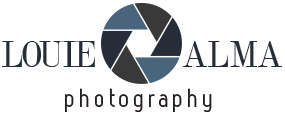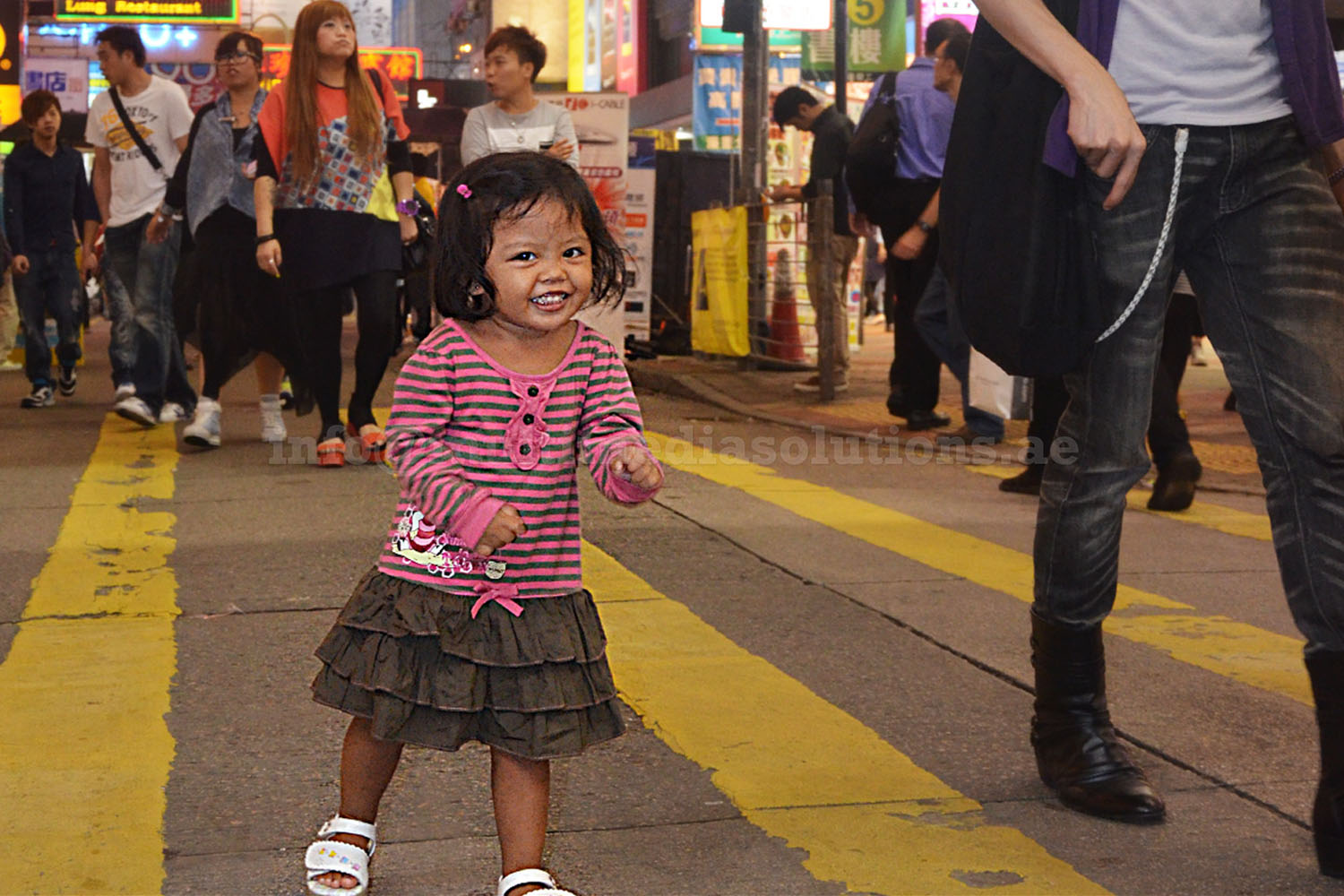Rarities in Avian Coloration: Leucistic Birds
Grab a bird field guide and flip through its pages quickly – so fast that you can feel a breeze against your face. As the pages flicker before your eyes like a cartoon, the flashes of colors will tell stories of evolution. These usually have two basic storylines. The color of a bird’s feathers either tells us something about the nature of the bird’s environment or about the sexual preferences of picky females. Occasionally, however, there are individuals whose coloration does not fit into either of these schemes, and those are the ones I’d like to talk about today.

















